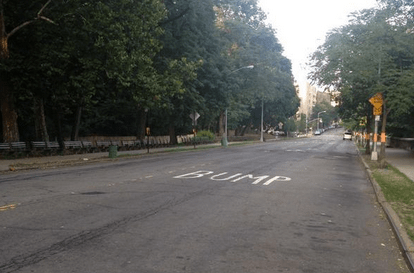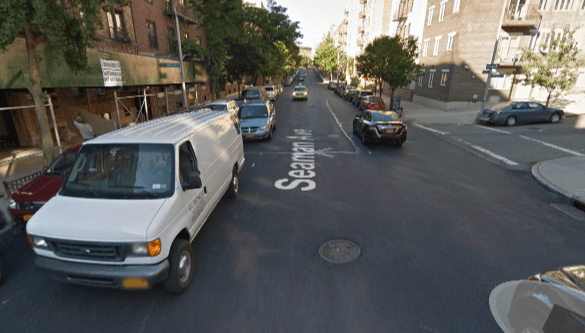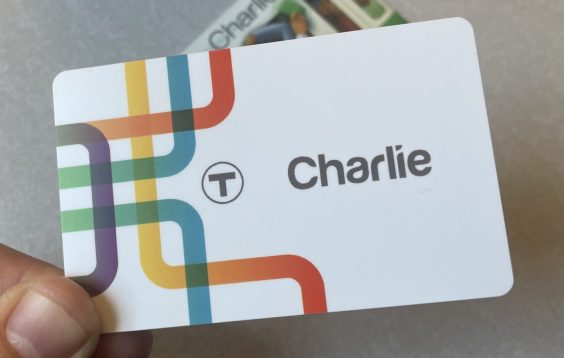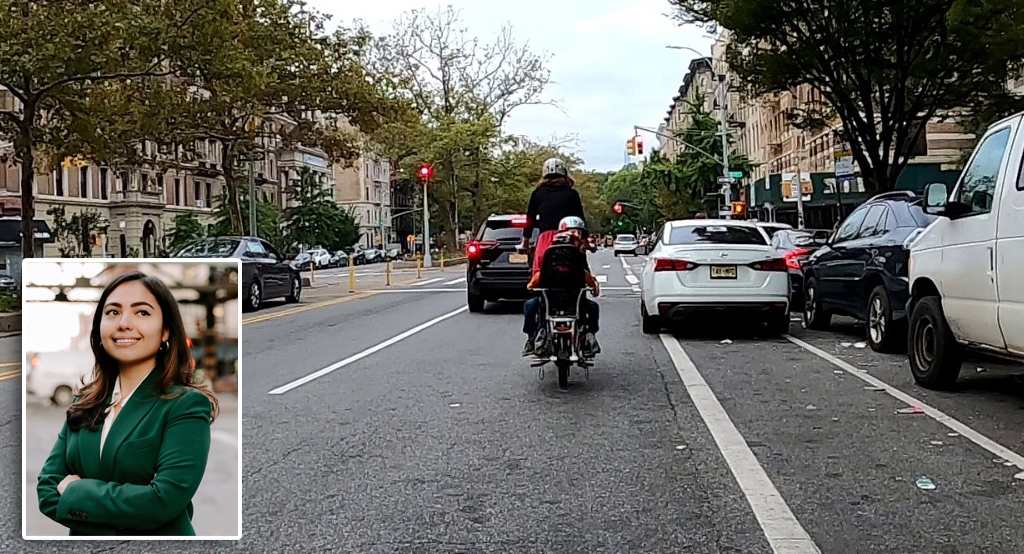
Last week DOT told Community Board 12 that bike lanes on Seaman Avenue in Inwood, which were wiped out when most of the street was resurfaced in 2014, won’t be coming back on both sides of the street because the old 4-foot wide lanes didn't comply with agency guidelines. DOT told Streetsblog yesterday that a 5-foot lane will be striped on northbound Seaman while the southbound side will get sharrows.
While the DOT plan isn't necessarily a downgrade -- riding outside the door zone is next to impossible in a 4-foot bike lane -- it's telling that the agency didn't go with a more ambitious solution. A safer design like protected bike lanes would have to subtract parking or car lanes. With the bike lane-plus-sharrows configuration, the agency can meet its design standards without really changing the status quo on the street.
Seaman Avenue is the only north-south through street in Inwood west of Broadway, making it an important corridor for biking. A marked DOT bike route, Seaman connects the Hudson River Greenway and the Bronx. It's also a cut-through for toll-shopping drivers avoiding the Henry Hudson Bridge.
A residential street that borders Inwood Hill Park for much of its length, Seaman is within the Inwood Slow Zone. But despite Slow Zone signage, speed humps, and the near-constant presence of children, speeding motorists are common on Seaman. Those who adhere to the 20 mph speed limit can expect to be passed by other drivers. With just 136 summonses issued this year through August, the 34th Precinct doesn't enforce the speed limit in any meaningful way.
DOT told Streetsblog a wider northbound bike lane will help cyclists traveling uphill from Dyckman Street, at Seaman's southern end, and that the agency expects the southbound lane to work well with sharrows. A spokesperson said DOT will monitor the new configuration to see if changes are needed.

When DOT announced in 2013 that it would refurbish the Seaman bike lanes as part of a package of Upper Manhattan bike projects, it also "recommended for future study" a bike route on Broadway between W. 218th Street and W. 168th Street.
I asked DOT about Broadway. A spokesperson said the agency is looking into whether north-south streets other than Seaman may work with a protected bike lane, but did not specify street names.
Due to constant double-parking, Seaman is an obstacle course for cyclists. Changing thermoplast markings won't fix that, and it won't do much to slow speeding drivers. With the Parks Department improving Inwood greenway access, streets that get people to and from the greenway need better infrastructure for biking and walking too.





